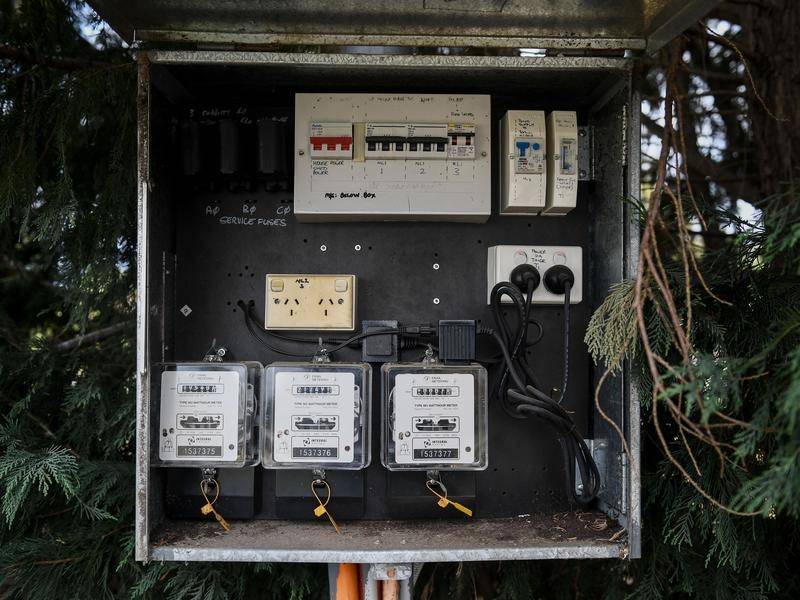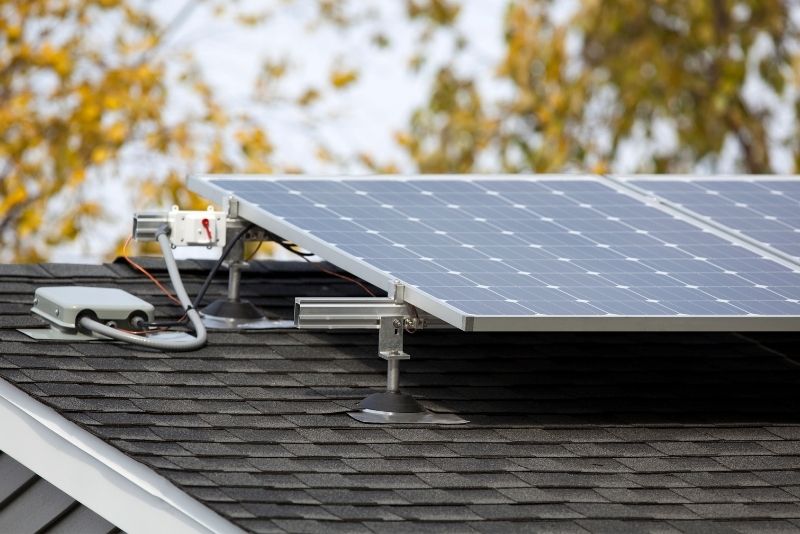For residents living in the Australian Capital Territory (ACT), solar energy systems can be a great investment. If your system’s energy generator is connected to the grid, you might transfer renewable energy to the electricity network. So, are there any solar feed-in tariffs in the ACT?
In many Australian states, you will be able to receive a feed-in tariff (FIT). This can be described as a payment from your power provider. It works as an incentive to make it more appealing for people to install PV systems.

The ACT Government Feed-in Tariff
In March 2009, the ACT government implemented the Electricity Feed-in Tariff scheme. This was a gross feed-in scheme and gave residents in the ACT a 100 % payment for all power. Just to be clear, that was for the excess produced by the solar system and sent to the grid.
This scheme is no longer available. It was closed for new entrants back in 2011.
Are there no solar feed-in tariffs in the ACT?
The ACT government’s solar buyback scheme is no longer active. However, you can still receive a feed-in tariff for your excess electricity that is fed to the grid. The energy providers may have arrangements that can be beneficial for you.
Providers like ActewAGL have a buyback scheme that will pay residents in Canberra. However, their system must be 10 kW or smaller. The feed-in tariff is usually between 7 and 12 cents per kWh of power sent through the grid.
What exact tariff you will get, is depending on your existing ActewAGL plan. You should also be aware that the highest rate is only given for the first 8 kWh of power that is sent to the grid. The power that is exported after this, will have a lower feed-in tariff.
For a long time, ActewAGL was the only power provider in ACT. But as the years have passed by, the market in the Australian Capital Territory has changed. Today, several energy providers may offer feed-in tariffs to households in Canberra.

Which energy provider is the best in the ACT?
Before signing any deal, you should consider which power company in the Australian Capital Territory has the best feed-in tariff for your household. To do this, it might be handy to use a comparison tool or read recommendations.
Besides ActewAGL, you will find energy providers like Red Energy, Origin, CovaU Energy and Energy Australia in the ACT. So, which one is the best? This will depend on how big your solar panel system is, but also other factors.
The best way to figure out which power provider is best for you is to compare quotes from the different providers.
How to pick the best offer
When comparing different power providers to find the best solar feed-in tariffs in the ACT it is important not only to consider the FIT rate. Remember that a high feed-in tariff might be associated with higher electricity costs and/or base rates.
In addition to this, you should be aware that many energy providers will lower the feed-in tariffs after a while. You might get a great FIT rate for the first year or so. After that, it is not unusual to see a massive drop in the feed-in tariffs you receive.
So, if you are searching for a long-term energy provider, make sure to check any time limits. The best solar feed-in tariff will stay high on a permanent basis.
Why is solar energy a good investment in the ACT?
Although there is no ACT government feed-in tariffs in the ACT, investing in a solar panel system might still be a good idea. Remember that the government will still give a generous rebate to ACT residents who install a new solar panel system.
There was an ACT rebate for a battery purchase thanks to the Next Gen Battery Storage Grant. The grant potentially covered as much as $3,850 of your total battery costs, however, the program has reached its target of 5,000 batteries in Canberra homes and businesses – and is no longer accepting rebate applications.
Many residents in the ACT may also receive an interest-free loan to help cover their initial costs. Residents from low-income households may also receive a rebate through the Home Energy Support Program.
To sum up, there are still incentives. They make the installation of solar panels more affordable for residents in the ACT.
Find the best solar feed-in tariffs in ACT
For residents living in the ACT, it is possible to receive feed-in tariffs. Excess power produced by a solar panel system is transferred into the grid. You will not be able to receive a feed-in tariff from the government anymore but the power providers may offer you a good deal.
The best way to find the most favourable feed-in tariffs in the ACT is to compare different quotes.